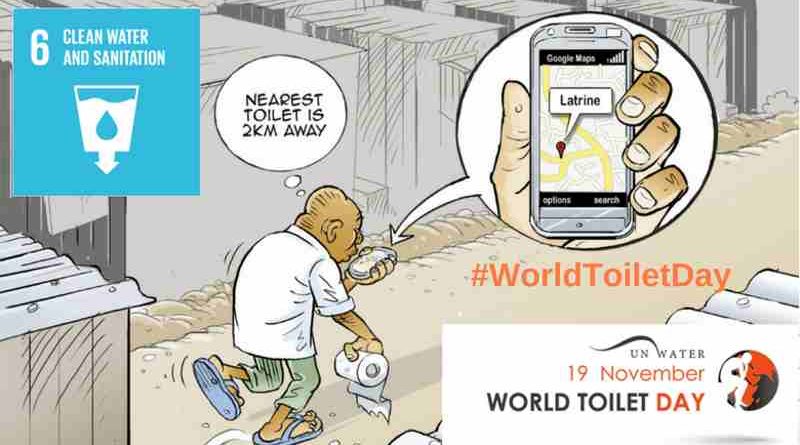How Toilets Help Us Fight Climate Change

World Toilet Day (November 19) celebrates toilets and raises awareness of the 4.2 billion people living without access to safely managed sanitation. It is about taking action to tackle the global sanitation crisis and achieve Sustainable Development Goal 6: water and sanitation for all by 2030. This year the theme remarks the importance of “Sustainable sanitation and climate change”.
Climate change is accelerating. Flood, drought, and rising sea levels are threatening sanitation systems – from toilets to septic tanks to treatment plants. Floodwater can contaminate wells used for drinking water or flooding might damage toilets and spread human waste into communities and food crops, causing deadly and chronic diseases.
Everyone must have sustainable sanitation, alongside clean water and handwashing facilities, to help protect and maintain our health security and stop the spread of deadly infectious diseases such as Covid-19, cholera, and typhoid.
Toilets can help us fight climate change too! Wastewater and sludge from toilets contain valuable water, nutrients, and energy. Sustainable sanitation systems make productive use of waste to safely boost agriculture and reduce and capture emissions for greener energy.
Sustainable sanitation begins with a toilet that effectively captures human waste in a safe, accessible, and dignified setting. The waste then gets stored in a tank, which can be emptied later by a collection service, or transported away by pipework.
The next stage is treatment and safe disposal. Safe reuse of human waste helps save water, reduces and captures greenhouse gas emissions for energy production, and can provide agriculture with a reliable source of water and nutrients.






